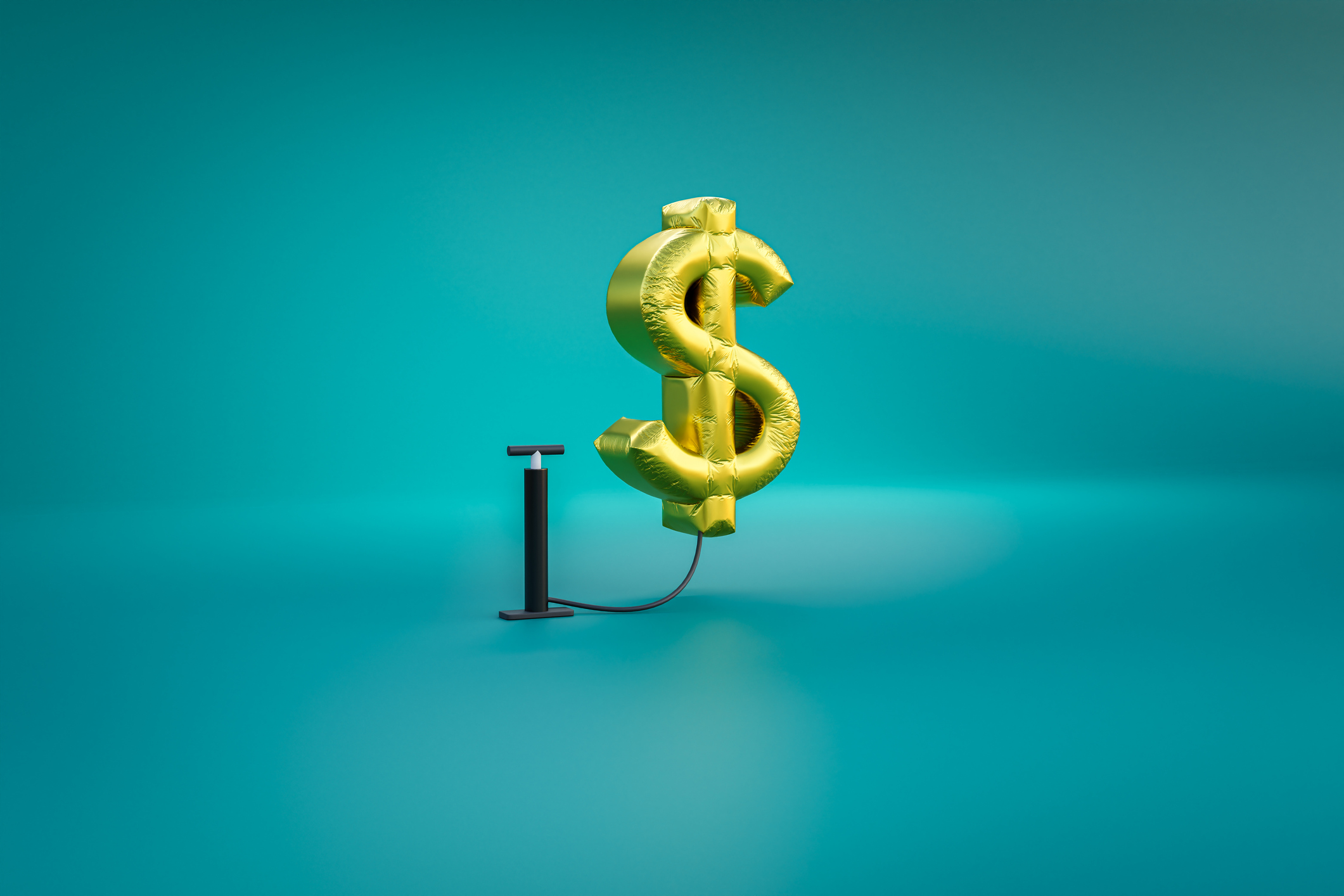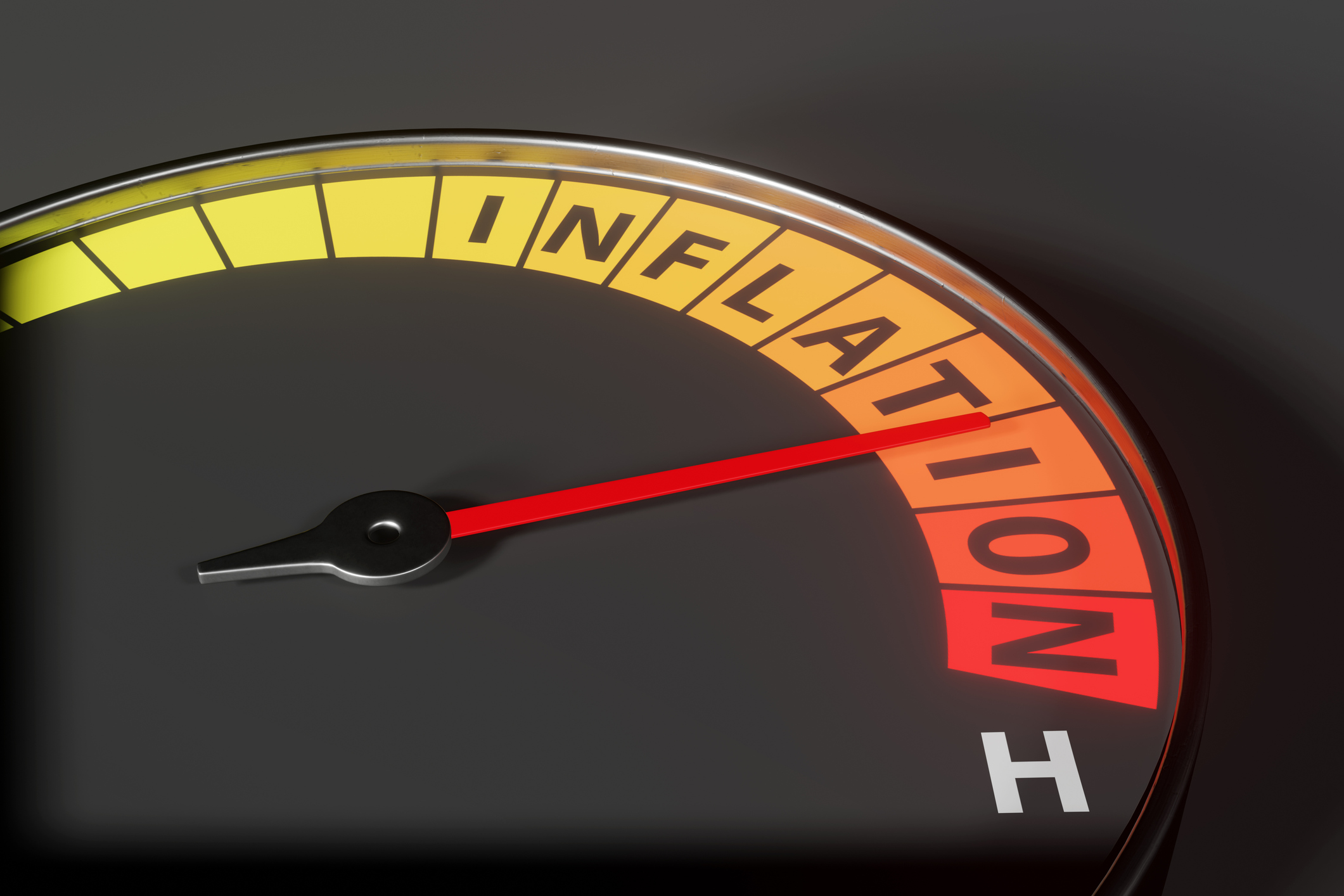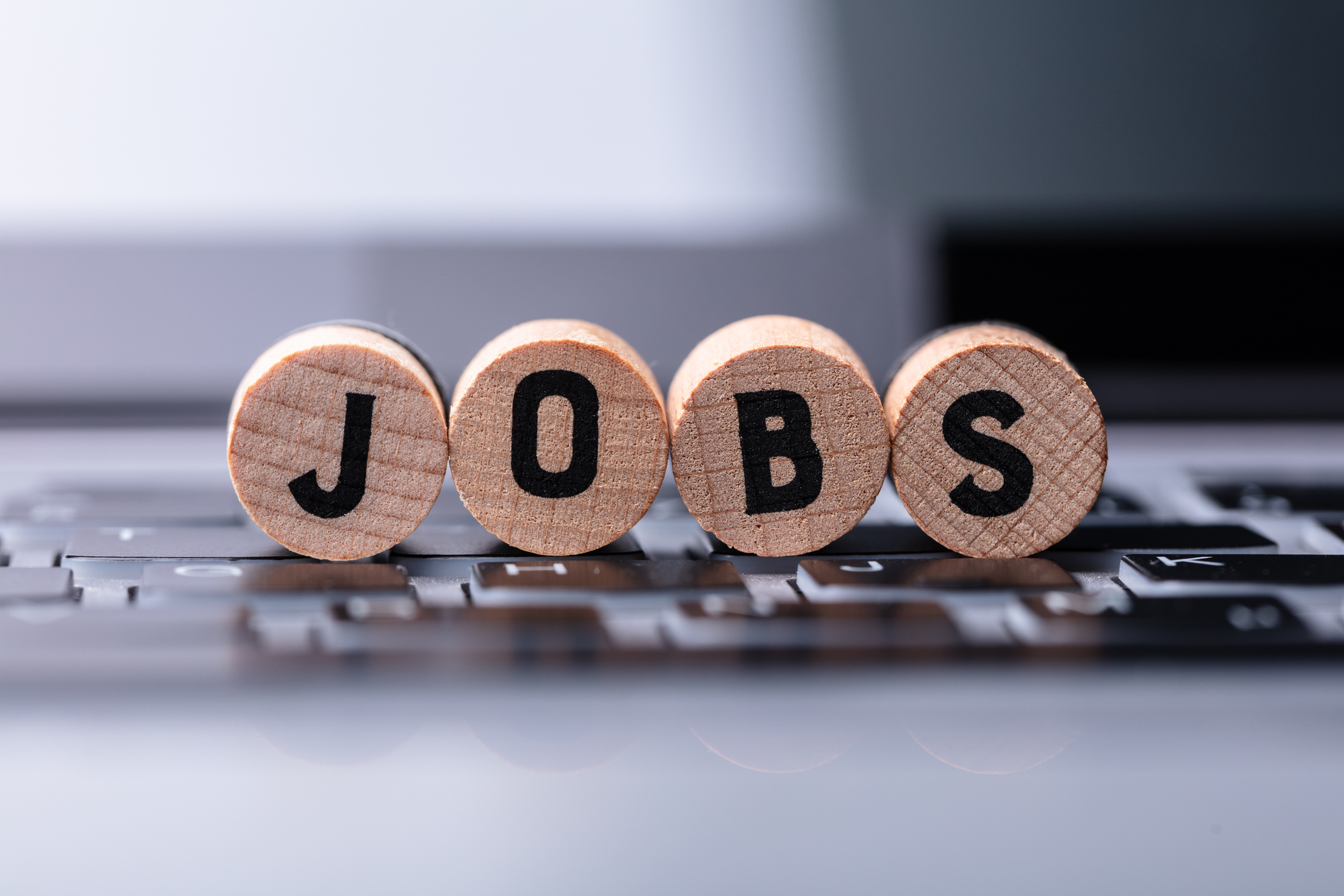Rising Prices: Which Goods and Services Are Driving Inflation?
Rising costs for housing remained an overhang on inflation in July, though consumers saw relief in falling energy prices.

Karee Venema

U.S. consumer price inflation remained sticky in July, with the Consumer Price Index (CPI) showing price increases for a broad range of goods and services.
According to the latest CPI report, headline inflation was up 0.2% month over month in July, slower than the 0.3% rise seen in June and in line with economists' estimates.
The CPI was 2.7% higher year over year, unchanged from the month prior and slightly below economists' projections for a 2.8% rise.
From just $107.88 $24.99 for Kiplinger Personal Finance
Become a smarter, better informed investor. Subscribe from just $107.88 $24.99, plus get up to 4 Special Issues

Sign up for Kiplinger’s Free Newsletters
Profit and prosper with the best of expert advice on investing, taxes, retirement, personal finance and more - straight to your e-mail.
Profit and prosper with the best of expert advice - straight to your e-mail.
Core CPI, which excludes volatile food and energy prices and is seen as a better measure of underlying inflation trends, was up 0.3% month over month and 3.1% year over year. Both figures were higher than what was seen in July, while the annual increase came in hotter than economists' forecasts.
"Inflation is on the rise, but it didn't increase as much as some people feared," says Ellen Zentner, chief economic strategist for Morgan Stanley Wealth Management. "In the short term, markets will likely embrace these numbers because they should allow the Fed to focus on labor-market weakness and keep a September rate cut on the table."
Over the longer term, though, Zentner says that "we likely haven't seen the end of rising prices as tariffs continue to work their way through the economy."
CPI is still above the Fed's 2% target
Despite the in-line data, the bottom line from the July CPI report is that prices are still rising faster than consumers and the Fed would like.
Between 2000 and 2020, annual inflation in the U.S. averaged just 2.1%. (Recall that the Federal Reserve's inflation target is 2%.)
Perhaps we didn't appreciate it enough at the time, but the first two decades of the 21st century were a sort of Goldilocks era for inflation: not too fast and not too slow.
Just have a look at some of the subcategories in the latest CPI report to see how much things have changed. Below, we highlight the goods and services that are weighing most heavily on folks' finances.
Rising prices: where inflation is hitting hardest

Overall, grocery prices declined in July, though milk prices were up 1.9% and beef prices jumped 1.5%.
Notably, egg prices continued to fall, sliding 3.9% in July.
The food away from home category, which includes meals at restaurants and bars, rose 0.3% in July after gaining 0.4% in June.
Housing costs, or the shelter index, also remained sticky and lifted inflation last month.
"The index for shelter rose 0.2 percent in July and was the primary factor in the all items monthly increase," the Bureau of Labor Statistics said. "The index for owners' equivalent rent rose 0.3 percent in July as did the index for rent."
Elsewhere, prices for household furnishings (+0.4%) and apparel (+0.1%) increased in July, while medical costs were also on the rise. Indeed, the medical care index was up 0.7% due to higher prices for hospital and dental services.
Prices for airfare (+4.0%) and used cars (+0.5%) were also up last month, though the cost for new cars was unchanged from June.
There was some good news for consumers in the July CPI report: Energy costs declined 1.1% as gas prices dropped 2.2%.
Where inflation goes from here is hard to say as forecasters brace for a bigger impact from President Trump's tariffs.
"Tariffs have had limited effects on inflation so far. But since tariff rates are up one day, down the next, then up even more the day after, it is too early to say how large their effect on prices will ultimately be," says Bill Adams, chief economist at Comerica Bank.
Adams notes that some companies are likely holding off on price hikes "while they wait to see where tariff rates settle out," though he adds that "nobody goes into business to lose money, and companies will eventually pass on price increases one way or another."
Related Content
Profit and prosper with the best of Kiplinger's advice on investing, taxes, retirement, personal finance and much more. Delivered daily. Enter your email in the box and click Sign Me Up.

Dan Burrows is Kiplinger's senior investing writer, having joined the publication full time in 2016.
A long-time financial journalist, Dan is a veteran of MarketWatch, CBS MoneyWatch, SmartMoney, InvestorPlace, DailyFinance and other tier 1 national publications. He has written for The Wall Street Journal, Bloomberg and Consumer Reports and his stories have appeared in the New York Daily News, the San Jose Mercury News and Investor's Business Daily, among many other outlets. As a senior writer at AOL's DailyFinance, Dan reported market news from the floor of the New York Stock Exchange.
Once upon a time – before his days as a financial reporter and assistant financial editor at legendary fashion trade paper Women's Wear Daily – Dan worked for Spy magazine, scribbled away at Time Inc. and contributed to Maxim magazine back when lad mags were a thing. He's also written for Esquire magazine's Dubious Achievements Awards.
In his current role at Kiplinger, Dan writes about markets and macroeconomics.
Dan holds a bachelor's degree from Oberlin College and a master's degree from Columbia University.
Disclosure: Dan does not trade individual stocks or securities. He is eternally long the U.S equity market, primarily through tax-advantaged accounts.
- Karee VenemaSenior Investing Editor, Kiplinger.com
-
 Should You Renew Your CD?
Should You Renew Your CD?With rate cuts impacting earnings, we examine if now is a wise time to renew CDs.
-
 7 Ways to Plan Now to Save on Medicare IRMAA Surcharges Later
7 Ways to Plan Now to Save on Medicare IRMAA Surcharges LaterUnderstand the critical two-year lookback period and why aggressive planning before you enroll in Medicare is the most effective way to minimize IRMAA.
-
 Law Reversal Looming? Trump Eyes 2026 Gambling Winnings Tax Change
Law Reversal Looming? Trump Eyes 2026 Gambling Winnings Tax ChangeTax Deductions It's no secret that the IRS is coming after your gambling winnings in 2026. But how long will that last?
-
 The Delayed November Jobs Report Is Out. Here's What It Means for the Fed and Rate Cuts
The Delayed November Jobs Report Is Out. Here's What It Means for the Fed and Rate CutsThe November jobs report came in higher than expected, although it still shows plenty of signs of weakness in the labor market.
-
 Your Year-End Tax and Estate Planning Review Just Got Urgent
Your Year-End Tax and Estate Planning Review Just Got UrgentChanging tax rules and falling interest rates mean financial planning is more important than ever as 2025 ends. There's still time to make these five key moves.
-
 What Makes This Business So Successful? We Find Out From the Founder's Kids
What Makes This Business So Successful? We Find Out From the Founder's KidsThe children of Morgan Clayton share how their father's wisdom, life experience and caring nature have turned their family business into a respected powerhouse.
-
 Stocks Struggle Ahead of November Jobs Report: Stock Market Today
Stocks Struggle Ahead of November Jobs Report: Stock Market TodayOracle and Broadcom continued to fall, while market participants looked ahead to Tuesday's jobs report.
-
 Past Performance Is Not Indicative of Your Financial Adviser's Expertise
Past Performance Is Not Indicative of Your Financial Adviser's ExpertiseMany people find a financial adviser by searching online or asking for referrals from friends or family. This can actually end up costing you big-time.
-
 I'm a Financial Planner: If You're Not Doing Roth Conversions, You Need to Read This
I'm a Financial Planner: If You're Not Doing Roth Conversions, You Need to Read ThisRoth conversions and other Roth strategies can be complex, but don't dismiss these tax planning tools outright. They could really work for you and your heirs.
-
 Could Traditional Retirement Expectations Be Killing Us? A Retirement Psychologist Makes the Case
Could Traditional Retirement Expectations Be Killing Us? A Retirement Psychologist Makes the CaseA retirement psychologist makes the case: A fulfilling retirement begins with a blueprint for living, rather than simply the accumulation of a large nest egg.
-
 I'm a Financial Adviser: This Is How You Can Adapt to Social Security Uncertainty
I'm a Financial Adviser: This Is How You Can Adapt to Social Security UncertaintyRather than letting the unknowns make you anxious, focus on building a flexible income strategy that can adapt to possible future Social Security changes.